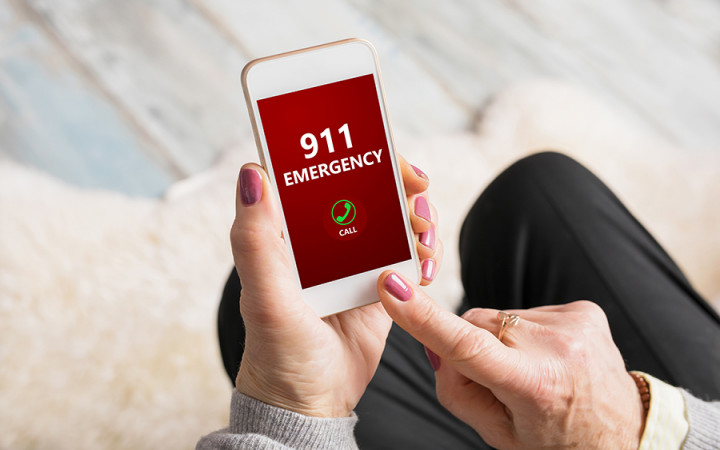Today’s Wonder of the Day was inspired by Isabel. Isabel Wonders, “Why is the number 911 used for emergencies?” Thanks for WONDERing with us, Isabel!
What do you want to be when you grow up? A police officer? A firefighter? Those are two common answers that many kids will give when answering that question.
It's only natural for kids to look up to first responders. They're often seen as heroes for the way they help people in dangerous situations. Who wouldn't want to face danger, wear a cool uniform, and help people?
Police officers, firefighters, and other first responders, such as emergency medical technicians (EMTs), have a lot in common. For example, most of them spring into action as a result of a call to the universal emergency telephone number: 911.
Most kids learn early in life that the phone number to call in case of an emergency is 911. Whether it's a fire, a car accident, a robbery, or a heart attack you're dealing with, you just need to call 911 and someone will send you the help you need.
Having a universal emergency number just makes sense, doesn't it? It's an easy number to remember, and it's an efficient process to get the help you need. Can you imagine if you had to memorize separate phone numbers for the police, firefighters, and EMTs?
In reality, that's exactly what people had to do for most of history. As recently as the 1960s, you needed to call the specific department for whatever type of help you needed in the United States.
This could be confusing and time-consuming, especially in large cities. For example, huge cities like Los Angeles and New York City can have dozens upon dozens of different police and fire stations. How could you know which one was the correct one?
Fortunately, the National Fire Chief's Association suggested establishing a national universal emergency number in 1957. It would be another decade, though, before President Lyndon Johnson's Commission on Law Enforcement and Administration of Justice would make it happen.
In 1968, the American Telephone and Telegraph Company (AT&T) proposed 911 as the universal emergency number. It was short, easy to remember, and had never been used before as either an area code or service code.
The first emergency system to use 911 was located in Haleyville, Alabama, and the first 911 call was made there on February 16, 1968. It would take quite some time, though, for the 911 system to become available for everyone across the United States.
In fact, only 50% of the U.S. population could dial 911 to access emergency services as recently as 1989. Today, however, approximately 99% of the U.S. has access to the 911 system.
The United States wasn't the first country to have a universal emergency number. Great Britain developed a universal emergency number — 999 — way back in 1937.
Many other countries also use 999, and some countries have more than one number you can call. All countries in the European Union, for example, can also call 112 to reach emergency services.
Today, the 911 system is still being updated and upgraded. The rise in popularity of mobile phones required a redesign of the 911 system to allow emergency personnel to receive more detailed location information from mobile phones to help direct first responders to the appropriate location.




